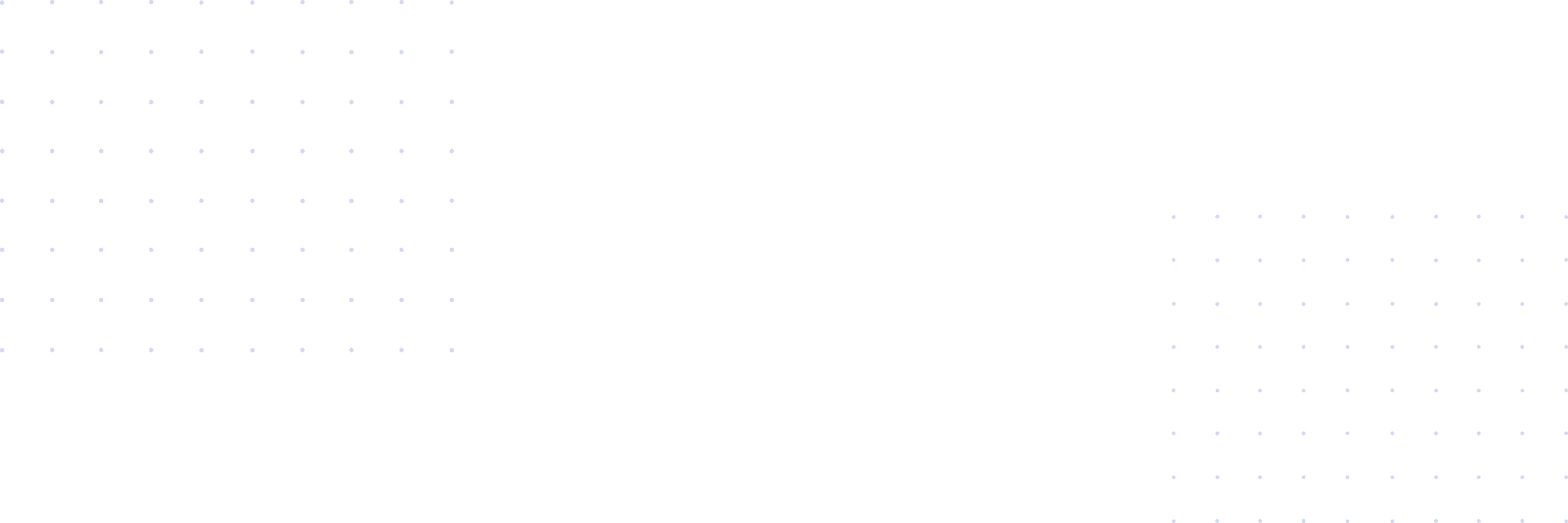You’ve spent several years in your home and are interested in converting the built-up equity into cash. Or maybe your home value has rapidly increased due to market conditions, and you want to capitalize by converting the equity into cash.
Traditional banks, credit unions, and online lenders offer home equity products and cash-out refinances to help you access the equity in your home. Here’s what you need to know about each, along with the key benefits and drawbacks and how to select the best fit for your unique needs and financial situation. There are also viable alternatives to consider if neither of these work for you.
Ways to Tap Your Home’s Value
Here’s a breakdown of four ways to tap into your home’s value.
Home Equity Line of Credit (HELOC)
A HELOC is a variable-rate debt product you can use to borrow against any equity you’ve built up in your home. Most lenders extend HELOCs of up to 85 percent of your loan-to-value (LTV). To illustrate, if your home is worth $600,000 and you owe $475,000, you could qualify for up to $35,000 ($600,000 * .85 – $475,000).
You’ll also need to meet the lender’s qualification criteria. Most will have minimum thresholds for your credit score and debt-to-income (DTI) ratio, and you’ll likely need a steady, verifiable source of income.
If approved for a HELOC, you will get access to a pool of funds accessible for a set amount of time. This is called the draw period; you’re free to withdraw as much as you need, up to the limit. During the draw period, you will also make interest-only payments on the amount you borrow.
When the draw period ends, your access to the line will end. You will also commence repayment on the outstanding balance. Payments are due each month for the duration of the repayment period and could fluctuate over time.
Benefits of a HELOC
- Flexibility: A HELOC provides great flexibility since you can access funds for a variety of purposes, such as making upgrades or renovations to your home and consolidating high-interest credit cards or other consumer debt. You can also pull cash to cover unexpected large expenses that arise.
- Lower interest rates: Compared to other debt instruments like credit cards or personal loans, HELOCs typically come with lower interest rates, saving you money over the life of the loan. While interest rates on HELOCs are variable, they are often lower than fixed-rate personal loans or high-APR credit cards.
- Potential tax benefits: The interest paid on a HELOC may be tax deductible if the funds are used for qualifying purposes, such as home improvements, repairs and renovations.
- Revolving credit: Unlike fixed-sum loans, an available HELOC functions as revolving credit. As you make payments and pay down the principal, your line of credit is replenished up to the maximum limit. This allows you to access credit as needed during the draw period of the HELOC.
Downsides of a HELOC
- Variable interest rates: Unlike fixed-rate loans, most HELOCs have variable interest rates that can fluctuate over time based on market conditions. This means your required minimum monthly payment amount is subject to change if rates rise. Sudden increases in the prime rate could significantly increase your monthly payments.
- Risk of foreclosure: Since a HELOC uses your home as collateral, failing to make the necessary payments on the line of credit could put your home in jeopardy of foreclosure. If you default, the lender has the right to seize your property to recoup losses from the unpaid debt. This makes a HELOC a riskier debt product compared to unsecured loans.
- Closing costs: Similar to a mortgage, applying for and opening a HELOC may involve certain origination fees, appraisal charges, and other closing costs. These upfront fees need to be considered as part of your overall borrowing costs.
- End of draw period: HELOCs consist of two distinct phases – the draw period and the repayment period. You can no longer access additional credit once the draw period expires, typically 10 to 20 years. Instead, you must begin making monthly payments on your outstanding balance over the remaining repayment term using an amortization schedule of both principal and interest.
Who Should Consider a HELOC?
A HELOC may be a suitable option for you if:
- You have a significant amount of equity in your home.
- You need access to funds for an extended period rather than a lump sum at once.
- You have a strong credit score, which can help you secure a lower interest rate and potentially better loan terms.
- You’re comfortable with the risks associated with using your home as collateral.
How to Apply for a HELOC
To apply for a HELOC, follow the steps outlined below:
- Research lenders: Compare different lenders and their offerings, including interest rates, fees and terms.
- Check your credit score: Ensure you have a strong credit score, as this can influence your interest rate and loan terms.
- Gather relevant documentation: Collect documents such as proof of income, recent tax returns and information about your property that the lender will need to make a decision.
- Submit your application: Complete the lender’s application process, which may involve a property appraisal and an extensive review of your documents during underwriting.
- Review your offer: Once your application is approved, carefully review the terms of your HELOC, including repayment options, interest rates and fees, before signing the lending agreement.
Cash-Out Refinance Mortgage
A cash-out refinance swaps out your current mortgage with a new one that includes your existing balance and the amount of equity you pull out. Here’s an example of how it works: Your home is worth $350,000, and you owe $250,000. The lender agrees to a cash-out refinance of 90 percent of your LTV, so you borrow up to $65,000 ($350,000 * .90 – $250,000). If the loan is approved, you will receive $65,000 at closing to use how you see fit.
You will now owe $315,000 (or the original balance plus the amount of equity you borrowed). So, your monthly mortgage payments could be higher, especially if your new rate is steeper than what you had with the prior home loan.
Benefits of Cash Out Refi
- Leverage home equity: By accessing the equity in your home, you gain access to funds that can be used for various purposes like home renovations, investments, education expenses, or to pay off other large, costly debts. This effectively turns your home equity into liquid assets.
- Potential for lower interest rates: Depending on market conditions and your credit score, you may secure a lower fixed rate on your new mortgage. You may qualify for a reduced rate, especially if rates have declined substantially since your original home purchase.
- Consolidate high-interest debt: Cash-out refinancing can help you pay off high-interest debts, such as credit cards or personal loans, by combining them into a single, lower-interest mortgage payment.
Downsides of Cash Out Refi
- Higher mortgage payment: By taking out additional equity in cash, the principal balance of your new mortgage will be higher than your existing loan. This means your monthly payment will likely increase to cover the larger loan amount, even if you receive a lower interest rate. Make sure your budget can accommodate the new higher payment.
- Closing costs: Similar to a purchase transaction, cashing out equity through a refinance involves third-party processing and administrative fees that can easily run several thousand dollars or more. These upfront closing costs need to be factored into your total refinance costs.
- Longer-term to repay: While extending your loan term lowers your monthly payment, it increases the total amount of interest paid over the life of the new loan. You’ll be making payments and repaying the debt for an additional 5-10 years or more. Only extend your term if absolutely necessary to keep the monthly payment affordable, as you will pay far more interest over the loan term.
Who Should Consider Cash Out Financing?
Cash-out refinancing may be a better choice if:
- You have a sizable amount of home equity.
- You have a good credit score to obtain a better mortgage rate.
- Your financial needs justify the costs and risks of a cash-out refinance.
How to Apply for Cash Out Refinancing
To ensure a smooth cash-out refinancing process, take the following actions:
- Evaluate your home equity: Determine how much equity you have in your home, as it will affect your borrowing capacity.
- Compare mortgage rates: Research different lenders and compare mortgage rates to find the best option.
- Gather documentation: Prepare financial documents, such as pay stubs, tax returns and bank statements, to verify your income and assets.
- Apply for a cash-out refinance: Once you have selected a lender, complete the application and submit the required documentation.
- Wait for approval: The lender will review the documents you provide, order an appraisal and underwrite your loan. If you’re approved, you’ll receive the funds from the cash-out refinance when you close the loan.
Differences and Similarities
Understanding the key similarities and differences between home equity products is vital.
Home Equity Loan and HELOC vs. Cash-Out Refinance Mortgage
Home equity loans and HELOCs act as a second mortgage and don’t require you to refinance your home loan. By contrast, a cash-out refinance replaces your existing mortgage with a new one that includes the amount of equity you take out of your home.
Other Alternatives
Beyond HELOCs and cash-out refinances, there are other alternatives worth considering to convert your home equity into cash.
- Home Equity Loans: Like a HELOC, a home equity loan allows you to unlock up to 85 percent of the equity in your home. It also acts as a second mortgage. But the interest rate is fixed, and you won’t have access to a pool of cash to withdraw from. Instead, you will receive the loan proceeds in a lump sum and make equal monthly installments (for principal and interest) over a set period as the interest rate is fixed.
- Credit cards: If your financial needs are short-term and modest, you may consider using a credit card. Some credit cards offer low or 0 percent introductory APRs for balance transfers, allowing you to access funds and make purchases without interest for a limited time. That said, unsecured debt like credit card debt typically has higher interest rates compared to secured debt like home equity loans and HELOCs.
When evaluating these alternatives, consider factors such as your financial needs, risk tolerance, and long-term objectives. Each alternative has unique benefits and drawbacks, so choose the one that best aligns with your specific needs and overall financial plan.
Conclusion: Making the Best Decision for Your Needs
When deciding between a HELOC and a cash-out refinance, it’s essential to consider your personal financial situation and goals.
Start by evaluating the closing costs associated with each option. Cash-out refinances typically come with higher closing costs, while HELOCs offer lower costs. Keep this in mind as you weigh your options.
Another factor to analyze is the interest rate. A cash-out refinance might provide a lower interest rate compared to a HELOC or your original mortgage if you can secure a favorable rate in the current market. This could result in a more manageable monthly payment and save you money over the loan term. Still, remember that HELOCs usually have adjustable rates, which means your rate may fluctuate over time.
Also, keep loan terms in mind. Cash-out refinances extend your mortgage loan term, usually between 10-30 years, making it a long-term decision. On the other hand, HELOCs have a draw period of 10 to 15 years followed by a repayment period of 10 to 20 years, providing a different repayment timeline.
Below is a breakdown of each option and a viable alternative to help you decide:
HELOC: Best for homeowners who want access to a pool of cash to borrow against as needed.
A HELOC could be a viable option if you want a flexible loan solution that’s easy to manage. You’re not obligated to take the total amount and will only be responsible for any withdrawals you make.
Home Equity Loan: Best for homeowners with equity who want a lump sum of cash.
A home equity loan may be a better fit if you have a sound reason for wanting the cash and can comfortably afford to make the monthly loan payments. But if you fall behind on loan payments, the lender could foreclose your home to recoup their losses.
Cash-Out Refinance Mortgage: Best for homeowners who want to consolidate debt or fund expensive home renovations.
While a cash-out refinance likely means a higher monthly mortgage payment, you could free up funds to invest or meet other financial goals if the funds are used to pay off high-interest debt. And if you’re planning to make improvements to your home, your property value could increase substantially.
Ultimately, it’s vital to assess your future financial plans. If you need flexibility and access to funds as needs arise, a HELOC might be more suitable. However, a cash-out refinance could be ideal if you aim to lower your monthly payment or leverage lower interest rates to access a lump sum. By evaluating these aspects and understanding your specific needs and goals, you’ll have the knowledge needed to make the best decision for your financial future.
If you are looking for a reliable lender, consider Mutual of Omaha Mortgage. They offer cash-out refinance mortgage loans, even if you have a low credit score. From helping you find a competitive rate to providing answers to any questions you may have, their assistance is invaluable. Plus, their streamlined application process makes getting started easy. Submit this simple form today, and a loan officer will be in touch with you shortly to discuss your options. Their experienced loan officers understand the ins and outs of the mortgage process and are here to guide you every step of the way.






